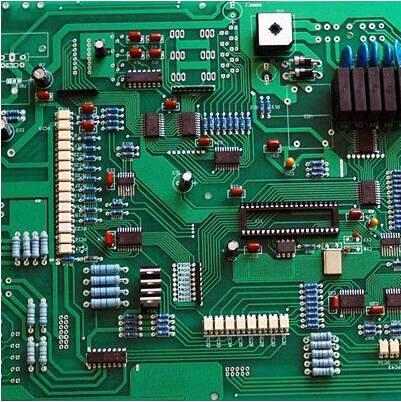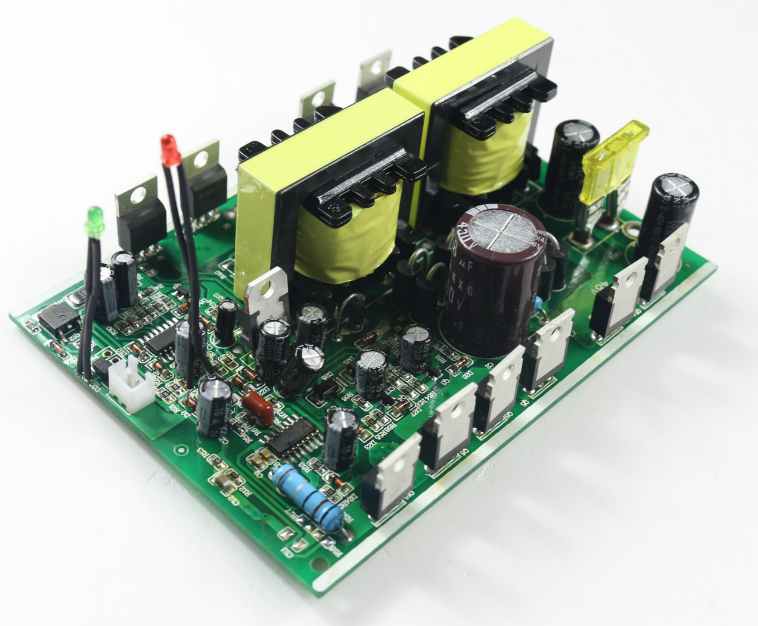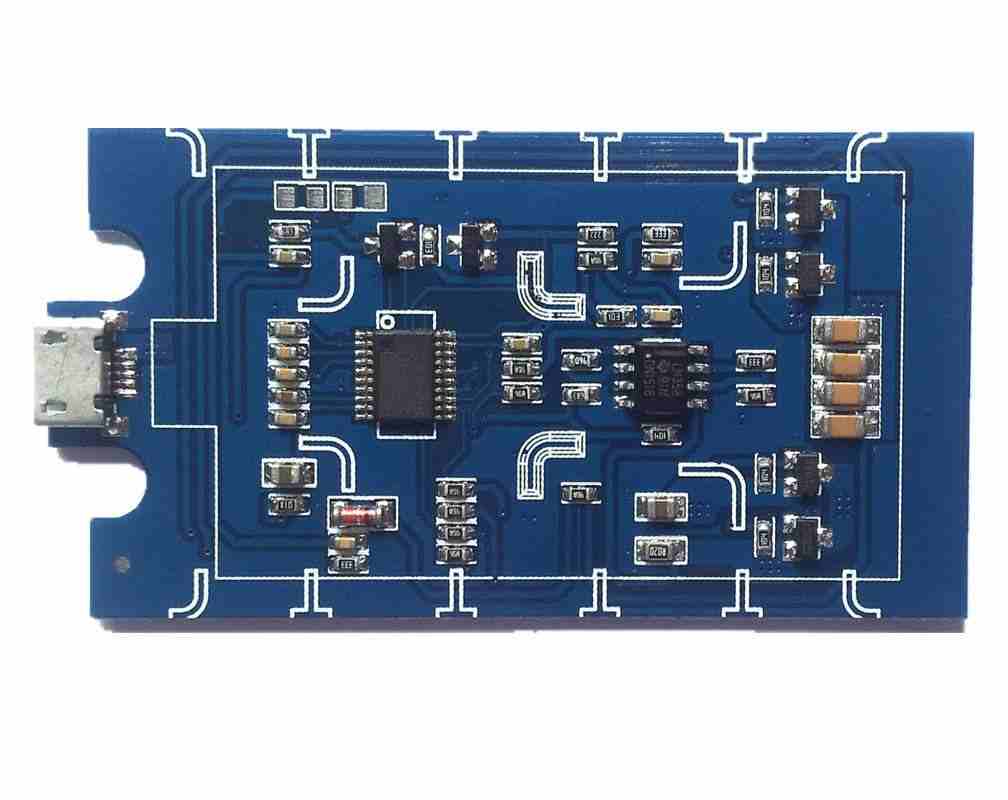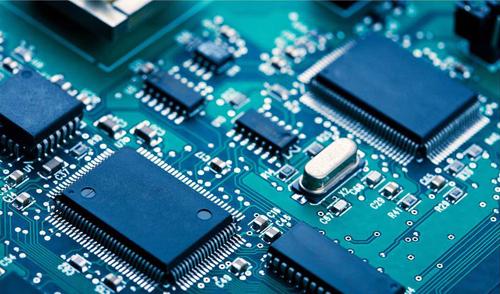
10 rules for component layout:
1. In accordance with the layout principle of "big before small, difficult before easy", that is, important unit circuits and core components should be laid out first.
2. Major components are arranged according to the principle diagram and the main signal flow pattern of boards.
3. The arrangement of components should be convenient for debugging and maintenance, that is, large components should not be placed around small components, and there should be enough space around the components to be debugged.
4. The same structure of the circuit, as far as possible to use "symmetrical" standard layout;
5. Optimize the layout according to the standards of uniform distribution, balanced center of gravity and beautiful layout;
6. The plug-in components of the same type shall be placed in the X or Y direction in the same direction. The same type of polar discrete components should also strive to keep consistent in the X or Y direction, easy to produce and test.
7. The heating element should be evenly distributed in general to facilitate the heat dissipation of the veneer and the whole machine. In addition to the temperature detection element, the temperature sensitive device should be far away from the components with large heat.
8. The layout should meet the following requirements as far as possible: the overall connection should be as short as possible, and the key signal line should be the shortest; High voltage and high current signals are completely separated from low current and low voltage weak signals; Analog signals are separated from digital signals; High frequency signals are separated from low frequency signals; The spacing of high-frequency components should be sufficient.
9. The layout of the decoupling capacitor should be as close to the IC power pin as possible, and the circuit formed between the power supply and the ground should be the shortest.
10, component layout, should be appropriate to consider the use of the same kind of power device together as far as possible, in order to facilitate the future power separation.

PCB wiring
(1) Wiring priority
Key signal line priority: analog small signal, high-speed signal, clock signal and synchronization signal and other key signals priority wiring
Density first principle: Start wiring from the most complex connections on the board. Start wiring from the most densely wired area of the board
Points to note:
A. Try to provide a special wiring layer for key signals such as clock signals, high-frequency signals and sensitive signals, and ensure the minimum loop area. If necessary, manual priority wiring, shielding and increasing safety spacing should be adopted. Ensure signal quality.
b. EMC environment between the power layer and the ground is poor, so signals sensitive to interference should be avoided.
c. The network with impedance control requirements should be wired as far as possible according to the line length and line width requirements.
(2) Four specific routing methods
1, clock wiring:
The clock line is one of the biggest factors affecting EMC. Make fewer holes in the clock line, avoid walking with other signal lines as far as possible, and stay away from general signal lines to avoid interference with signal lines. At the same time, the power supply on the board should be avoided to prevent interference between the power supply and the clock.
If there is a special clock chip on the board, it can not go under the line, should be laid under the copper, if necessary, can also be special to its land. For many chip reference crystal oscillator, these crystal oscillator should not be under the line, to lay copper isolation.
2. Right Angle routing:
Right-angle cabling is generally required to avoid the situation in PCB board wiring, and has almost become one of the standards to measure the quality of wiring, so how much impact will right-angle cabling have on signal transmission? In principle, right-angle routing will cause the line width of the transmission line to change, resulting in impedance discontinuity. In fact, not only right Angle routing, ton Angle, acute Angle routing may cause impedance changes.
The influence of right-angle routing on signal is mainly reflected in three aspects:
First, the corner can be equivalent to the capacitive load on the transmission line, slowing down the rise time;
Second, impedance discontinuity will cause signal reflection;
Third, EMI produced by the right Angle tip.
3. Differential routing:
Differential Signal is used more and more widely in the design of high-speed circuits, because the most important signals in circuits always use differential structure. Definition: In plain English, it means that the driver sends two equivalent, inverting signals, and the receiver determines whether the logical state is "0" or "1" by comparing the difference between the two voltages. The pair carrying the differential signal is called differential routing.
Compared with ordinary single-ended signal routing, differential signal has the most obvious advantages in the following three aspects:
a. Strong anti-interference ability, because the coupling between the two differential wires is very good, when there is noise interference from the outside, it is almost coupled to the two lines at the same time, and the receiver only cares about the difference between the two signals, so the common mode noise from the outside can be completely cancelled out.
b. can effectively inhibit EMI. Similarly, because the polarity of two signals is opposite, the electromagnetic fields radiated by them can cancel each other. The closer the coupling, the less electromagnetic energy released to the outside world.c. Precise timing positioning. Since the switching changes of differential signals are located at the intersection of two signals, unlike ordinary single-ended signals which rely on high and low threshold voltage, the impact of technology and temperature is small, which can reduce the errors in timing and is more suitable for circuits with low amplitude signals. LVDS (low voltage differential signaling), which is popular at present, refers to this small amplitude differential signaling technology.

For PCB engineers, the most important thing is to ensure that the advantages of differential routing can be fully utilized in the actual routing. Perhaps as long as the contact with Layout people will understand the general requirements of differential routing, that is, "equal length, equal distance".
The equal length is to ensure that the two differential signals maintain opposite polarity at all times and reduce the common-mode component. Equidistance is mainly to ensure that the difference impedance is consistent and reduce reflection. "As close as possible" is sometimes a requirement for differential routing.
4. Snake line:
Serpentine line is a kind of Layout which is often used in layout. Its main purpose is to adjust the delay and meet the requirements of system timing design.
The first thing a designer needs to know is:
Serpentine wire will destroy signal quality, change transmission delay, should be avoided when wiring. However, in actual design, in order to ensure sufficient holding time of signals, or to reduce the time offset between the same group of signals, it is often necessary to deliberately wind.
Points to note:
Pairs of differential signal lines, generally parallel lines, as little as possible through the hole, must be punched, should be two lines together, in order to achieve impedance matching.
A group of buses with the same attributes should be routed side by side as far as possible to achieve equal length. The hole leading from the patch pad is as far away from the pad as possible.







